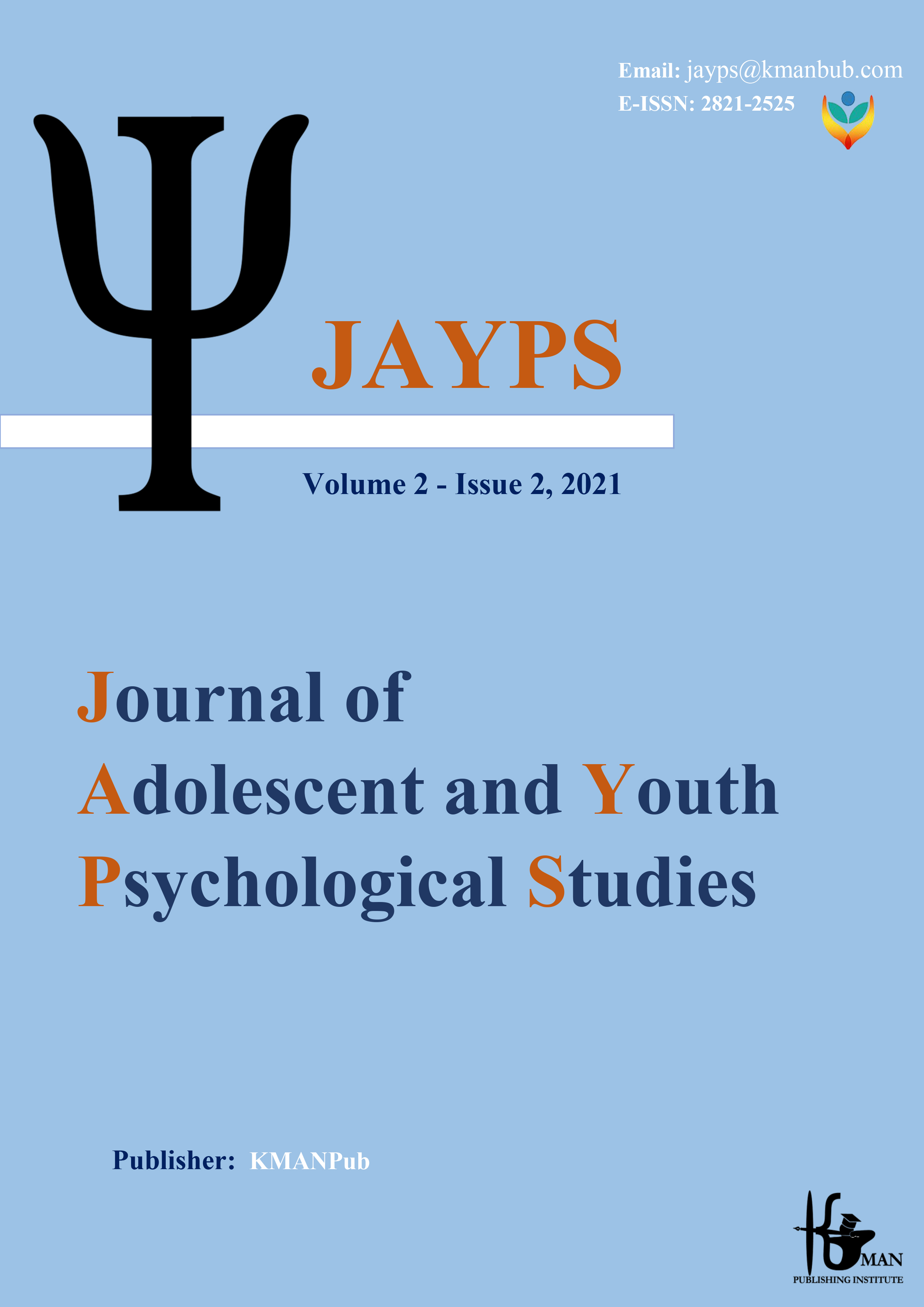Emotion Regulation Capability of Four- to Six-year-old Children; Developmental difference
Keywords:
Emotion regulation, Positive emotion regulation, Negative emotion Regulation, Developmental differencesAbstract
Background and purpose: Emotion is a developmental construct whose effects on decision-making and other variables have been the focus of cognitive psychologists; Psychologists believe that emotions grow with the age of the child, in other words, children at different ages have different emotional development. This research was conducted with the aim of investigating emotion regulation among four- to six-year-old children, focusing on their developmental and gender differences. Methods: The current research is a causal-comparative research that investigated the differences between four to six-year-old groups and the difference between boys and girls in terms of emotion regulation. For this purpose, using the available sampling method, 30 children (5 boys and 5 girls from each age group) were examined in Qom city. The games "keeping a secret" and "disappointing gift" were respectively games related to the measurement of positive emotion regulation and negative emotion regulation of children by Carlson and Wang (2007). In order to analyze the results, SPSS27 software was used. Results: Results revealed that motion regulation level for four, five and six year old children is significantly different. Six-year old have significantly higher levels of both positive and negative emotion regulation. Positive and negative emotion regulation ability of five-year-old children is significantly higher than four year old. Moreover, results suggested that girls are significantly more capable of emotion regulation for both positive and negative emotions than boys (P<0.001). Conclusions: According to the findings, for children aging 4 to 6year, the emotion regulation capability promotes as they grow. This is true for both positive and negative emotions. Children’s gender also impacts children’s emotion regulation: girls have higher levels of emotion regulation for positive and negative emotions.
Downloads
Downloads
Published
Issue
Section
License

This work is licensed under a Creative Commons Attribution-NonCommercial 4.0 International License.









